Dracaena cordyline, commonly known as Cordyline or Ti plant, is a popular ornamental plant that belongs to the Asparagaceae family. It is native to tropical regions of Asia, Australia, and the Pacific Islands. Here is some detailed information about Dracaena cordyline:
- Appearance: Dracaena cordyline is a perennial plant that can vary in size and form. It typically grows as a single-stemmed or multi-stemmed shrub, reaching heights of up to 10 feet (3 meters). The leaves are long, lanceolate or sword-shaped, and can be variegated or solid in color. The foliage color ranges from green to burgundy, pink, red, or purple, depending on the cultivar.
- Growth Habit: The plant forms a woody stem, often with a swollen base, called a caudex. From the top of the stem, numerous leaves emerge in a rosette or tufted arrangement. The leaves can grow up to several feet long and provide an attractive tropical appearance.
- Flowers and Fruits: Dracaena cordyline produces small, inconspicuous flowers that are usually grouped in panicles or clusters. The flowers are typically white or pale pink in color and have a pleasant fragrance. After flowering, the plant may produce small, round berries that are typically orange or red in color.
- Varieties and Cultivars: There are several cultivars of Dracaena cordyline available, offering a wide range of leaf colors and patterns. Some popular cultivars include ‘Red Star’ with red leaves, ‘Kiwi’ with variegated leaves, and ‘Tricolor’ with pink, green, and cream-colored foliage.
- Growing Conditions: Dracaena cordyline prefers warm, tropical climates but can also be grown indoors or in containers in colder regions. It thrives in well-draining soil and prefers partial shade to filtered sunlight. It is relatively tolerant of different soil types and can handle occasional drought once established. It is important to protect the plant from frost and extreme cold temperatures.
- Uses: Dracaena cordyline is commonly used as an ornamental plant in gardens, landscapes, and indoor settings. It adds a tropical touch with its colorful foliage and striking form. The plant can be grown as a specimen plant, as part of mixed borders or beds, or in containers on patios or indoors. It is also used in tropical-themed gardens or as an accent plant to provide height and visual interest.
- Maintenance: Dracaena cordyline is a low-maintenance plant that requires minimal care. Regular watering is needed to keep the soil moist but not waterlogged. Fertilizing with a balanced, slow-release fertilizer during the growing season can promote healthy growth. Pruning can be done to remove any damaged or dead leaves and to maintain a desired shape. The plant is generally resistant to pests and diseases.
Overall, Dracaena cordyline is a versatile and visually appealing plant that adds a touch of tropical beauty to any setting. Its vibrant foliage, easy maintenance, and adaptability make it a popular choice among gardeners and indoor plant enthusiasts.

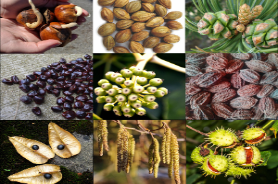

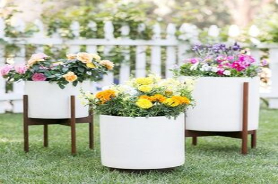



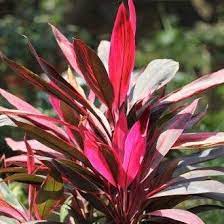
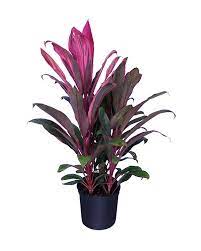

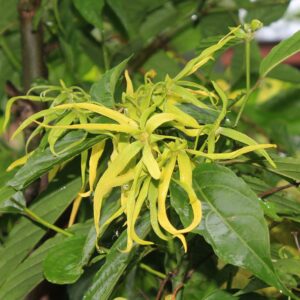

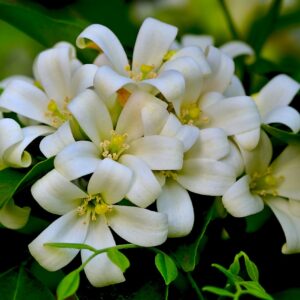
Reviews
There are no reviews yet.